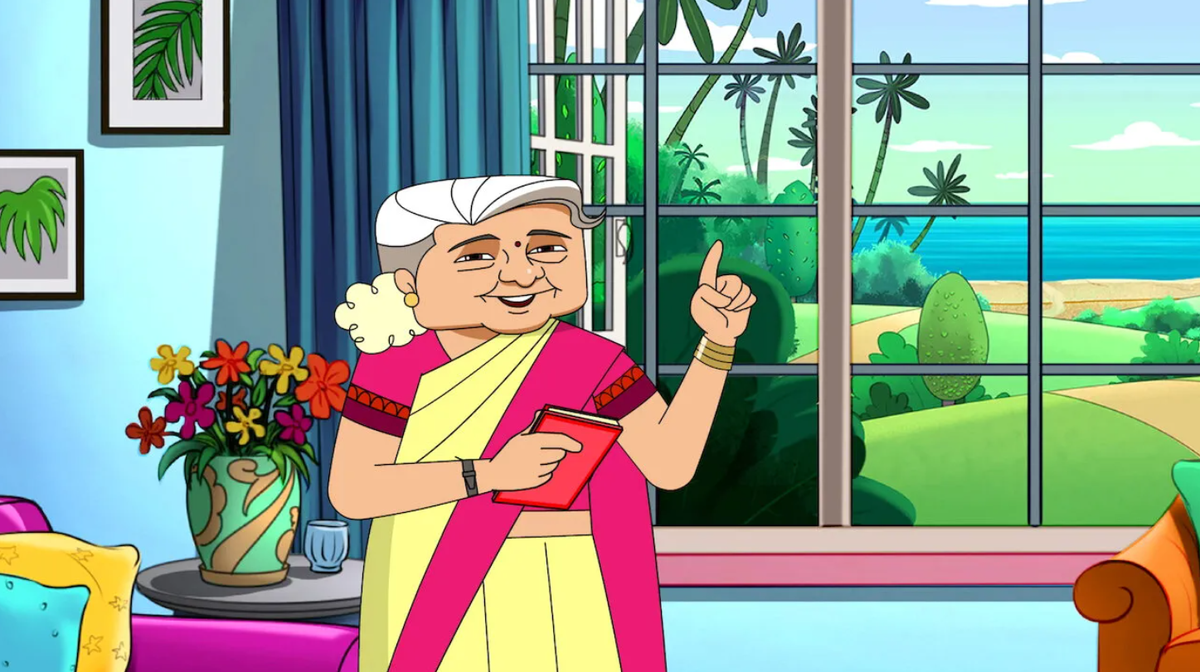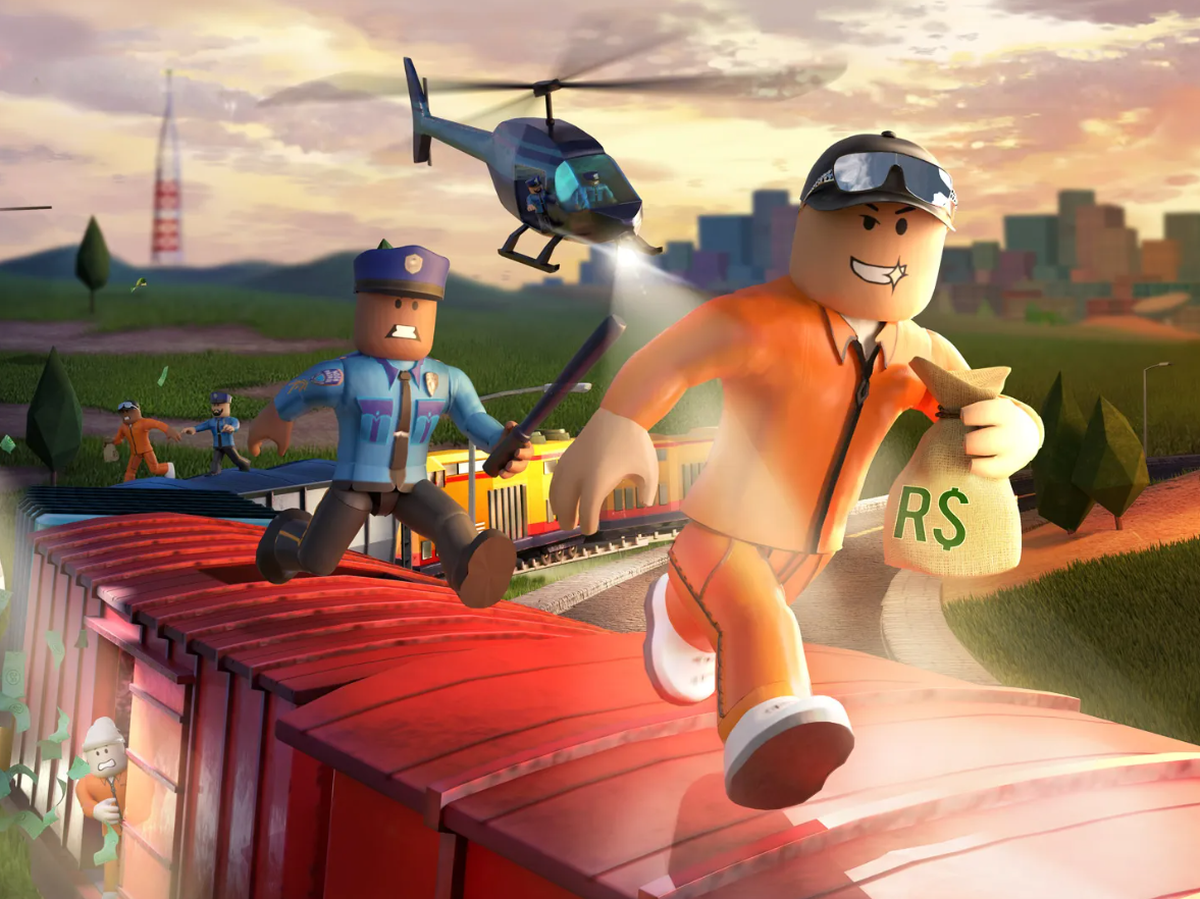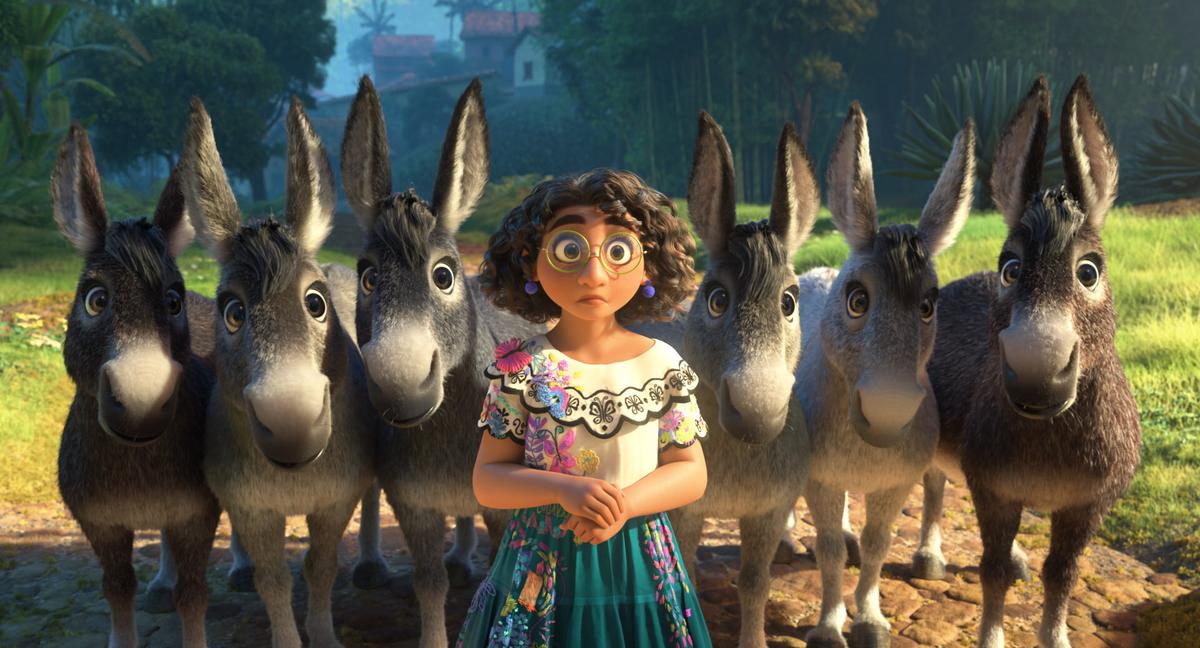Original Indian content for children has been found wanting. Experts weigh in on smart programming, challenging imaginations and why kids’ content is not only mythology
Original Indian content for children has been found wanting. Experts weigh in on smart programming, challenging imaginations and why kids’ content is not only mythology
My 12-year-old daughter loves to go down the YouTube rabbit hole in pursuit of shows, cartoons or videos that pique her interest. I monitor her content, of course, and pull the brakes or guide her whenever necessary. Like many families in urban India, we do not watch linear television and we do not have a cable connection. Instead, we use OTT streaming services — Netflix, Disney+ Hotstar and Amazon Prime. YouTube is a favourite too and the explosive appeal of these platforms among children has led to more diverse and interesting content.
This year, Turning Red on Disney+ Hotstar is a step forward in terms of representation. The movie is about a Canadian Chinese girl who turns into a giant red panda every time she is stressed or excited. Children like my daughter see themselves in Priya Mangal, who is one of Mei’s best friends in the movie and is voiced by actor Maitreyi Ramakrishnan. The movie’s refreshing depiction of anxiety is a big step, given that mental health occupies an important place in conversations with children and teens.
A still from ‘Turning Red’
Today, there is a bevy of shows available for children in India and a big-business battle among television channels and OTTs to grab those eyeballs. In fact, a report from the Boston Consulting Group predicts that the Indian OTT market will grow to $5 billion by 2023. As we look at the spread of video entertainment in the country today, we come across some interesting breakthroughs in programming for children. There is more representation and multicultural content, although slapstick comedy shows and mindless action fare are still popular.
Life lessons
According to Leena Lele Dutta, business head and EVP, Sony YAY!, kids today enjoy some original Indian content and fast-paced comedies with quirky characters in shows such as Obocchama-kun.

Leena Lele Dutta, Sony YAY
“Our show, Sudha Murthy — Stories of Wit and Magic, did very well on Netflix, not just because of its entertainment quotient but also because of its underlying life lessons,” she says. The teenage audience does not have as many choices, with many of them watching shows such as Young Sheldon, Diary of a Future President and Family Reunion.
Indeed, even for younger children, apart from popular animated series such as Sinchan and Motu Patlu, there is very little original Indian content for children, especially complex stories that both entertain and spark conversation. So what exactly are our children watching and how have their interests diversified over the last few years?
I always feared that the infinite feedback loop algorithm of YouTube and Netflix would make my daughter watch the same kind of videos, but to my pleasant surprise, she charted her own course. She likes to watch walk-through and role play videos of a popular game called Roblox, which almost every child her age seems to enjoy.

‘Sudha Murthy — Stories of Wit and Magic’
She does not restrict herself to only these shows but switches to videos about the evolution of the musical theatre on Broadway, the history of the sari, and also YouTube shows on conspiracy theories and Easter eggs from movies produced by Marvel and DC studios. These are videos that dive deep into the culture of the comics, books and movies, with many references and origin stories.
Among my daughter’s peers, shows on YouTube such as The Film Theorists, The Game Theorists and The Infographic Show are immensely popular because they combine entertainment and education. I know many kids who absolutely love the Who Was? show on Netflix, which is a fun-filled comedy history show that has, among other things, Mahatma Gandhi and Benjamin Franklin rapping about having their faces on money.

Roblox
Eclectic tastes
Children’s author and mum Niyatee Sharma believes that children are cultivating eclectic tastes when it comes to viewership. “My son likes to watch cooking shows, documentaries on travel and architecture. My children watch a lot of sci-fi movies and YouTube shows around their specific interest like craft or Lego. I think that today, there is some good content out there, with more inclusive characters, a wider representation of colour and a blurring of gender stereotypes, with movies like Mulan or Encanto.”
There is also a rise in content in regional languages, with many shows being dubbed in Indian languages and broadcast in rural areas. In its TV Universe Estimates 2020, BARC finds that the highest growth in children’s content has been in rural India and is seen broadly in the 2-14 age group.

A still from ‘Encanto’
New age content
Refreshing as new-age content maybe, there is a malicious side to online videos. Let’s take this unsettling statistic: there are almost 30,000 hours of newly uploaded video content per hour on YouTube, and this makes it impossible to vet videos. YouTube also has links to pornography in its comments. There are also websites that you can access that immediately lead to unsolicited messages and pornographic pop-ups, content that is unsuitable for children but which still finds its way to their devices. Also, addiction is a real worry and young viewers can lose track of time.
Gayathri Ananth, a student counsellor and special educator who works with adolescents and teenagers, believes that young children are extremely impressionable and exposing them to so much online content without parental guidance or counselling can be detrimental. “In many schools in India, media literacy is non-existent,” she says. “Parents should share information with their children and should also be educated to identify signs and signals in their children that may be about depression, gender dysphoria or the negative impact of bad online content.”

One show that Keya Mehra, a 15-year-old student, watched recently and loved was She-Ra and the Princesses of Power. “It has better representation, not just of characters who are gay or lesbian but also those who are plus-sized and of colour. It was never marketed as an LGBTQIA+ show but it was lovely to see a show with a lot of diversity and there was no big deal about it. It was just a part of the show and a part of reality.”
Today’s video entertainment in India is slowly moving towards offering our children both mirrors and windows.
The writer is a freelance journalist based in Bengaluru.






